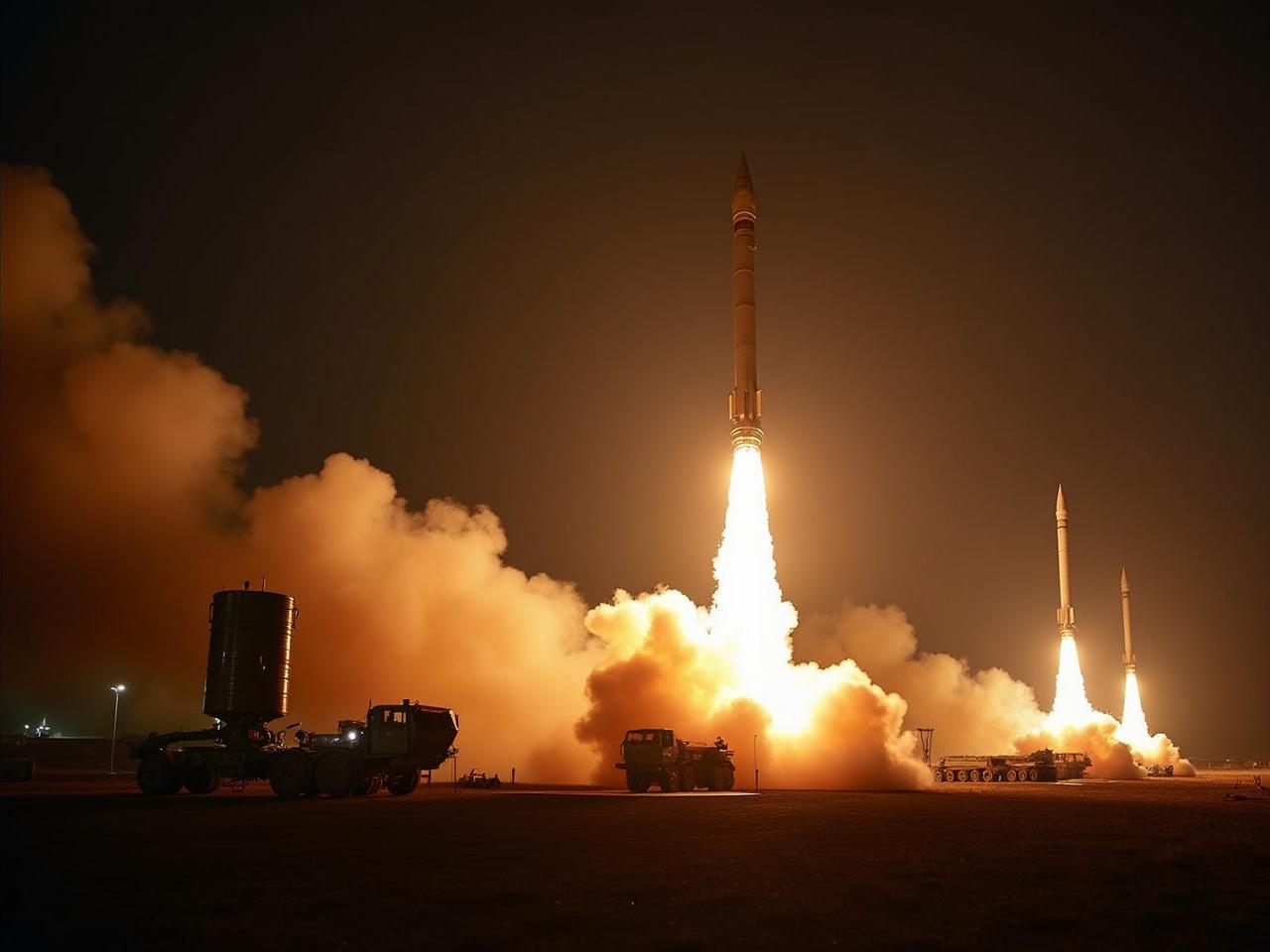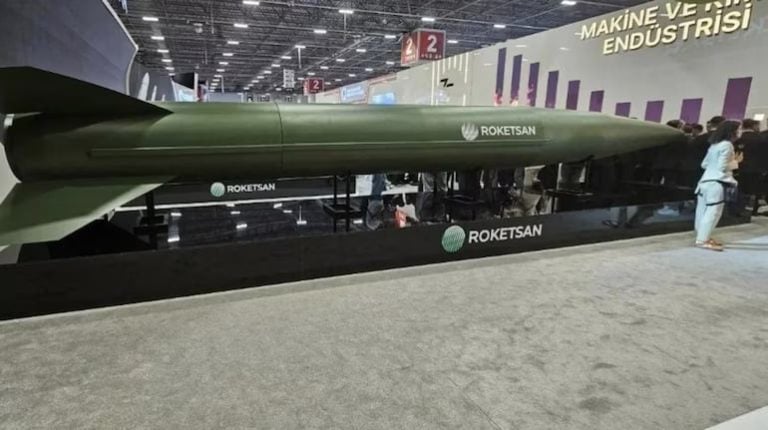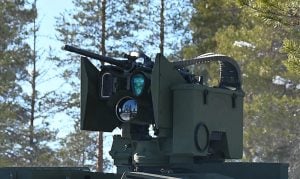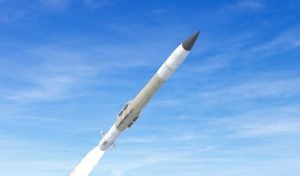Intercontinental ballistic missiles (ICBMs) have significantly reshaped the global military landscape, boasting the capacity to deliver nuclear warheads over distances greater than 5,500 kilometers within mere minutes. These advanced weapon systems epitomize the zenith of military technology and deterrent capabilities.
Russia’s RS-28 Sarmat, frequently pinpointed as the most formidable missile globally, stands out with an extraordinary range of 18,000 kilometers and the capability to carry up to 15 nuclear warheads. In a comparable fashion, China’s DF-41 presents a strategic threat with its reach of 14,000 kilometers, enabling it to engage targets in Europe or North America within a mere 20 minutes. Meanwhile, the United States relies on its aging but dependable LGM-30 Minuteman III, operational since the 1970s with a range of 13,000 kilometers. Such ICBMs actively influence international relations and military strategies worldwide.
The competition for dominance in nuclear ballistic missile technology remains fierce. While Russia’s RS-28 Sarmat signifies cutting-edge advancements, the U.S. sustains substantial firepower with 405 Minuteman III cells across three bases. The U.S. Navy enhances its nuclear capabilities with 14 Ohio-class submarines, equipped with 288 Trident II missiles capable of delivering multiple warheads at ranges up to 12,000 kilometers. Notably, India’s Agni-V, with a range of 5,000-8,000 kilometers, marks the nation’s burgeoning strategic prowess since its operational deployment in 2021.
Russian advances include the RS-28 Sarmat, a next-generation nuclear deterrent designed to succeed the Soviet-era R-36M2. This heavy ICBM, often labeled “Satan 2” by western media, began its development in the early 2000s and was put into operational service in September 2023. However, the missile has encountered numerous technical hurdles and testing failures, drawing attention to its complex lifecycle.
The RS-28 is characterized by its massive dimensions, measuring 35.3 meters in length and weighing 208,100 kilograms. Its deployment is silo-based and features advanced engineering like its orthogrid structure that enhances strength while minimizing weight. Although officially operational, its deployment history is marked by delays; the first successful test took place on April 20, 2022. President Putin announced in December 2022 that the missile was operational, though subsequent failures in testing have called its reliability into question.
The missile’s extraordinary range allows it to deliver nuclear payloads globally. Reports indicate it can carry diverse configurations, ranging from ten heavy nuclear warheads to hypersonic vehicles capable of challenging modern missile defense systems. This emphasis on payload capacity underscores Russia’s strategy to address advancements in U.S. defense capabilities, ensuring a diversified strike potential.
In contrast, the U.S. relies on the Minuteman III, its only operational land-based ICBM since its first deployment in 1970. Despite modernizations, it maintains a similar architecture but is set for eventual replacement by the LGM-35 Sentinel ICBM. Notably, the Minuteman III’s three-stage design allows for significant launch reliability and a maximum range exceeding 13,000 kilometers.
The Minuteman III, currently comprising 400 operational units across three Air Force bases, emphasizes a responsive and reliable deterrent strategy. It traditionally has been equipped with multiple independently targetable reentry vehicles, although treaty restrictions have limited it to a single warhead per missile or fewer dual-warhead configurations. Enhancements to its guidance systems over the years have improved targeting precision, making it a critical element of America’s nuclear strategy.
On the other hand, China’s DF-41 was first revealed during military celebrations in 2019 and boasts significant capabilities with a range of 12,000-15,000 kilometers and the ability to deploy up to ten MIRVs. Its road-mobile and potential rail-mobile configurations enhance its survivability, as it can evade detection more effectively than silo-based systems. Analysts believe China has moved towards limited production of the DF-41, vastly enhancing its nuclear deterrent posture against the U.S. and its allies.
The UGM-133 Trident II serves as a key underwater component of the U.S. and U.K. nuclear deterrent. With an operational range of about 12,000 kilometers, it can launch from submerged submarines, creating substantial difficulties for detection and counter-strike. Each missile can carry multiple warheads, bolstering its deterrent capabilities.
Meanwhile, Russia’s RS-24 Yars, operational since 2010, showcases Moscow’s ability to adapt. This MIRVed system offers a mix between road-mobile and silo-based configurations, providing agility and effectiveness in Russia’s deterrence strategy in the context of fast-evolving technologies.
In Asia, India significantly enhanced its strategic reach with the Agni-V, marking its entry into the elite group of nations with intercontinental capabilities. This missile, capable of targeting key regions across China, features advanced designs allowing for rapid deployment and lesser maintenance needs, indicative of India’s growing nuclear competence.
North Korea’s Hwasong-17, while lesser known, presents a significant strategic challenge, with its potential capabilities to reach the continental U.S. raising alarms. This large, liquid-fueled missile exemplifies the growing complexities in missile technology, placing pressure on existing defense mechanisms.
Collectively, these ICBMs highlight an evolving era of strategic military balance. The technological advancements and deployment strategies of these missiles underline their critical role in international deterrence. As global tensions evolve, understanding these capabilities offers insight into the intricate geopolitical dynamics influencing the relations among world powers today. The existence of these systems acts as a deterrent, fostering a precarious stability as nations navigate their nuclear arsenals in an ever-changing landscape.



















